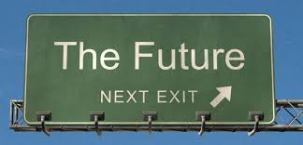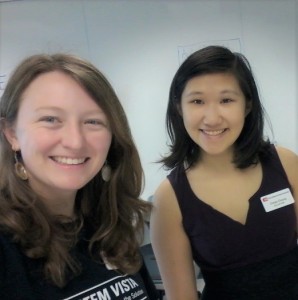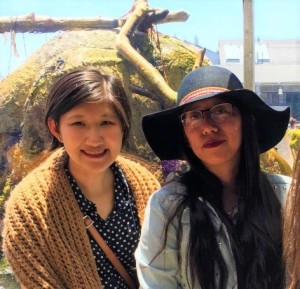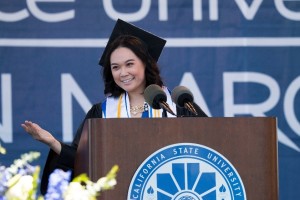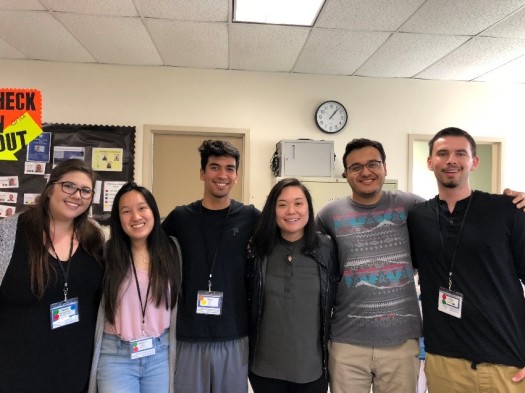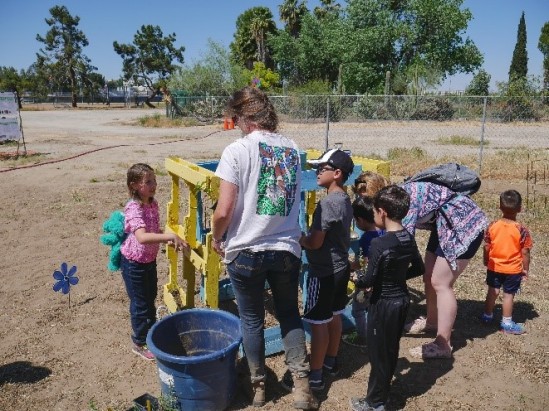Zulema Aleman is a CSU STEM VISTA serving at Cal Poly San Luis Obispo.
According to the online encyclopedia Britannica, a relay race is “a … sport consisting of a set number of stages (legs)… each leg run by a different member of a team. The runner finishing one leg is usually required to pass on a baton to the next runner…”
I like to think that a VISTA project that continues from year to year is a relay race. Each leg is a project year, the baton is the actual project, and the runners are VISTAs. The race is only successful if you are able to pass the baton off as smoothly as possible. Similarly, you can only be successful and build sustainability in a VISTA project if the VISTAs can hand off the project to one another and eventually the campus community with a smooth transition.
I’ve had some experience with this myself, as I am currently the third VISTA serving immigrant students in STEM at Cal Poly San Luis Obispo, so I would like to share some of my knowledge about sustainability to current and future VISTAs.
There a lot of variables that can play into what steps you take, but generally, these are some things to consider and questions to ask yourself daily as you think about the sustainability of your VISTA project.
Consider how you are involving the community you are serving. Are you seeking and encouraging input on next steps and action from the community? Are you involving them not only in the brainstorm and design process, but also in implementation?
Consider what offices, departments, programs, and positions are already in place that can help carry the mission of your project. How can other offices, departments, programs on the campus get involved so the change permeates and sustains across the campus community?
Consider how you are shaping the movement. What voices and faces are visible? Who is the face or the contact of the work you are doing? Are they individuals who will still be part of the community in 2, 5, or 10 years?
Consider how you are maintaining records of the work you are doing for the community. Are you saving meeting notes, drafts of workshops, flyers, budget breakdowns, grants, budget proposals, and any other information that the community can use in the future to continue the change? Are you creating a contact list and ensuring that the contacts and connections you’ve collected know other campus community members involved in the work? Are you saving all this information in a location and a format that is easy to access?
These are all questions I ask myself as I come to campus every morning. When I do a presentation, table at an event, or even step into a meeting, I make it a point to consider all of these questions and include those who are going to continue the work after me. I want to ensure that my leg of the race, the last leg, will be as efficient as possible. I will pass off the baton to the community in hopes that our work will be standing for years to come.





